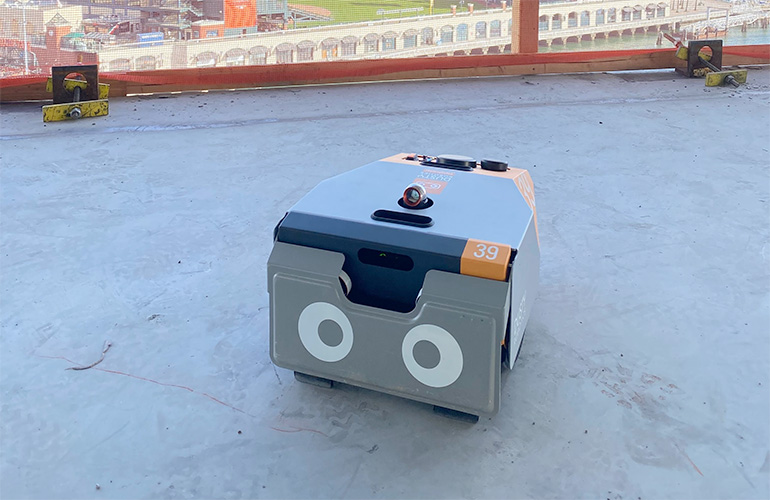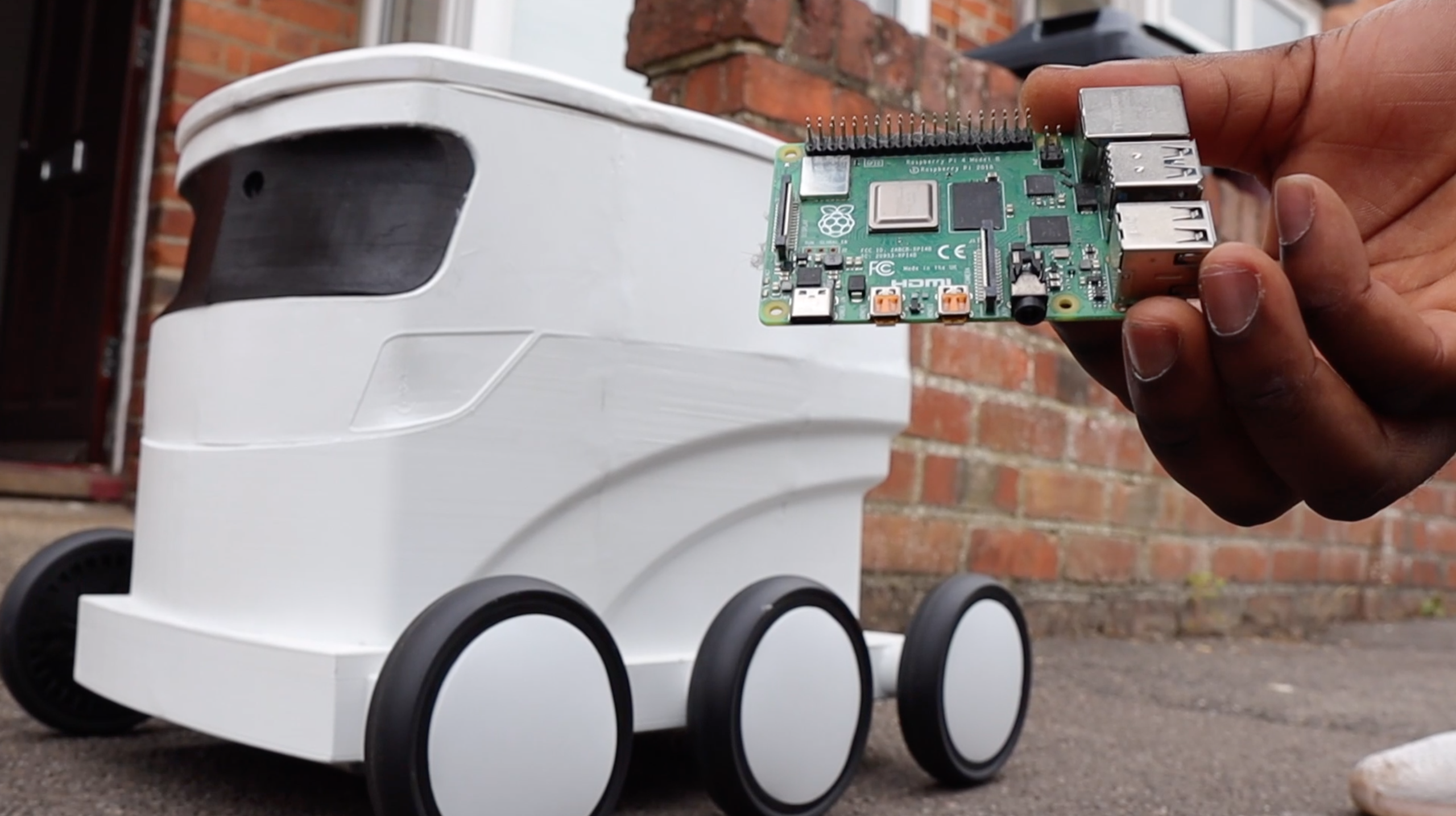How to diagnose issues in Dusty Robotics systems?
Robotic systems are innovative and complex technology that require careful maintenance and troubleshooting to ensure optimal performance. Dusty Robotics systems are no exception, and diagnosing issues in these systems can be challenging but crucial for efficient operation. In this article, we will explore some common problems that may arise in Dusty Robotics systems and provide step-by-step guidance on how to diagnose and resolve them.
Common issues in Dusty Robotics systems:
- Power supply problems
- Sensor malfunctions
- Mechanical failures
- Software glitches
- Communication errors
Diagnosing power supply problems:
One of the most common issues in robotic systems is power supply problems. If your Dusty Robotics system is not turning on or is experiencing frequent shutdowns, the first step is to check the power source. Ensure that the power cord is securely connected and that the outlet is functional. If the power source is fine, the issue may lie with the internal power supply unit, which may need to be replaced or repaired by a professional technician.
Identifying sensor malfunctions:
Sensors are critical components of Dusty Robotics systems as they provide valuable data for navigation and obstacle detection. If you notice erratic behavior or inaccurate readings from the sensors, it may indicate a malfunction. To diagnose sensor issues, carefully inspect each sensor for physical damage or debris accumulation. Additionally, check the sensor connections and calibration settings to ensure they are functioning correctly.
Troubleshooting mechanical failures:
Mechanical failures, such as motor malfunctions or loose components, can severely impact the performance of Dusty Robotics systems. If you hear unusual noises or notice jerky movements, it may signal a mechanical issue. To diagnose mechanical failures, visually inspect all moving parts for signs of wear or damage. Tighten any loose screws or connections and lubricate moving components to prevent friction and wear.
Resolving software glitches:
Software glitches are common problems in robotic systems that can cause system crashes or erratic behavior. If your Dusty Robotics system is operating unpredictably or displaying error messages, it may indicate a software issue. To diagnose software glitches, check for software updates and patches that may address known bugs or compatibility issues. Resetting the system or reinstalling the software may also help resolve software-related problems.
Addressing communication errors:
Communication errors between components can disrupt the functionality of Dusty Robotics systems and cause system failures. If your system is experiencing communication errors or delays, check the connections between modules and devices to ensure they are secure and properly configured. Troubleshoot network settings and protocols to resolve communication issues and ensure seamless data exchange between system components.
By following these steps and conducting thorough diagnostics, you can effectively identify and resolve issues in Dusty Robotics systems to maintain optimal performance and efficiency. Regular maintenance and proactive troubleshooting are key to preventing system failures and maximizing the lifespan of your robotic systems.
How to diagnose issues in Dusty Robotics systems?
Robotic systems are innovative and complex technology that require careful maintenance and troubleshooting to ensure optimal performance. Dusty Robotics systems are no exception, and diagnosing issues in these systems can be challenging but crucial for efficient operation. In this article, we will explore some common problems that may arise in Dusty Robotics systems and provide step-by-step guidance on how to diagnose and resolve them.
Common issues in Dusty Robotics systems:
- Power supply problems
- Sensor malfunctions
- Mechanical failures
- Software glitches
- Communication errors
Diagnosing power supply problems:
One of the most common issues in robotic systems is power supply problems. If your Dusty Robotics system is not turning on or is experiencing frequent shutdowns, the first step is to check the power source. Ensure that the power cord is securely connected and that the outlet is functional. If the power source is fine, the issue may lie with the internal power supply unit, which may need to be replaced or repaired by a professional technician.
Identifying sensor malfunctions:
Sensors are critical components of Dusty Robotics systems as they provide valuable data for navigation and obstacle detection. If you notice erratic behavior or inaccurate readings from the sensors, it may indicate a malfunction. To diagnose sensor issues, carefully inspect each sensor for physical damage or debris accumulation. Additionally, check the sensor connections and calibration settings to ensure they are functioning correctly.
Troubleshooting mechanical failures:
Mechanical failures, such as motor malfunctions or loose components, can severely impact the performance of Dusty Robotics systems. If you hear unusual noises or notice jerky movements, it may signal a mechanical issue. To diagnose mechanical failures, visually inspect all moving parts for signs of wear or damage. Tighten any loose screws or connections and lubricate moving components to prevent friction and wear.
Resolving software glitches:
Software glitches are common problems in robotic systems that can cause system crashes or erratic behavior. If your Dusty Robotics system is operating unpredictably or displaying error messages, it may indicate a software issue. To diagnose software glitches, check for software updates and patches that may address known bugs or compatibility issues. Resetting the system or reinstalling the software may also help resolve software-related problems.
Addressing communication errors:
Communication errors between components can disrupt the functionality of Dusty Robotics systems and cause system failures. If your system is experiencing communication errors or delays, check the connections between modules and devices to ensure they are secure and properly configured. Troubleshoot network settings and protocols to resolve communication issues and ensure seamless data exchange between system components.
By following these steps and conducting thorough diagnostics, you can effectively identify and resolve issues in Dusty Robotics systems to maintain optimal performance and efficiency. Regular maintenance and proactive troubleshooting are key to preventing system failures and maximizing the lifespan of your robotic systems.



